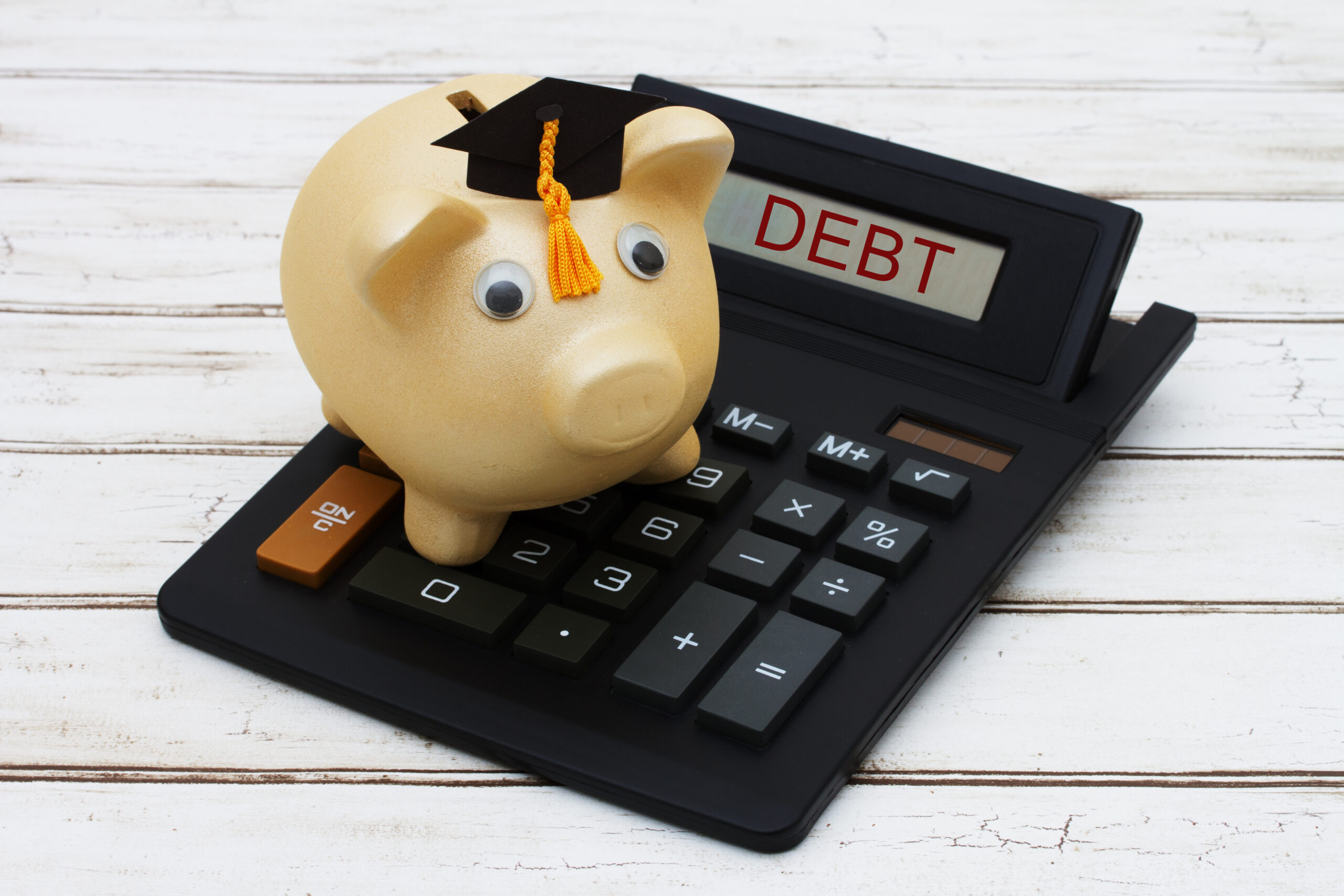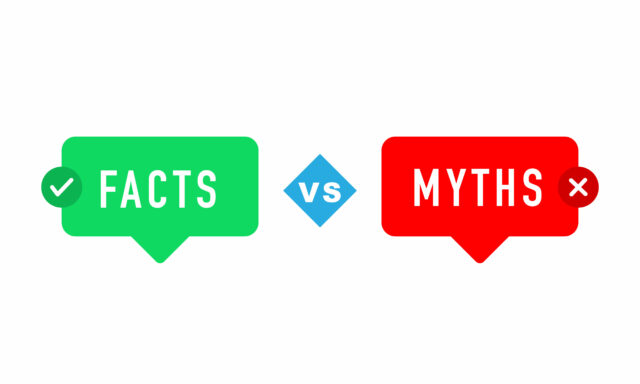If you are facing overwhelming student loans in South Dakota, you may wonder whether it’s possible to discharge these debts in bankruptcy. Please continue reading as we explore what you should know about these matters and the importance of consulting with our seasoned Rapid City Bankruptcy Lawyers to navigate these difficult times.
Can I Discharge My Student Loans Through Chapter 7 Bankruptcy?
Depending on the unique circumstances, you may be able to discharge federal and private student loans in bankruptcy. However, it’s not automatic and requires various steps. Discharging student loans through bankruptcy requires proving to the court that repayment would create undue financial hardship. To discharge student loans, you will need to file a separate lawsuit, also known as an adversary proceeding, within your bankruptcy petition.
What is Undue Hardship?
Student loan borrowers in bankruptcy proceedings can try to have their debts discharged by proving that repayment would create an undue hardship. The court will consider the borrower’s finances, including their income, expenses, dependents, and unique circumstances, to determine if they meet this standard. It’s important to note that the Bankruptcy Code doesn’t explicitly define undue hardship; it refers to a situation in which repaying a debt would significantly impact your ability to maintain a minimal standard of living. This is a key factor in determining if student loan debt can be discharged. The court has developed different tests to assess it, including the Brunner test.
When it comes to the Brunner test, debtors are responsible for proving that their income is insufficient to cover basic living expenses and loan payments. Next, the debtor must demonstrate that their current financial situation is likely to persist for a significant portion of the expected repayment period. Finally, they must show that they have made a good faith effort to repay their student loans, such as exploring alternative debt-relief options like deferment and forbearance programs. The debtor must prove that they made reasonable efforts to repay the loan before they file for bankruptcy. Some examples of situations where undue hardship might be found include:
- Insufficient Income: Income is inadequate to meet basic living costs and loan obligations.
- Maxed Earning Potential: The borrower has reached their peak earning capacity with no prospect of increased funds.
- Significant Dependents: The borrower provides substantial support to dependents, hindering loan repayment.
- Disability or Injury: A severe illness or injury prevents the borrower from working or earning an adequate income.
- Dependence on Public Assistance: Reliance on public aid or family support indicates an inability to repay.
- Lack of Educational Benefit/Fraud: The borrower did not gain from their education due to its poor quality or fraudulent nature.
At 605 Bankruptcy, we are prepared to help you understand your rights and explore your options. Connect with our firm to discuss your situation with a qualified Rapid City bankruptcy lawyer.



